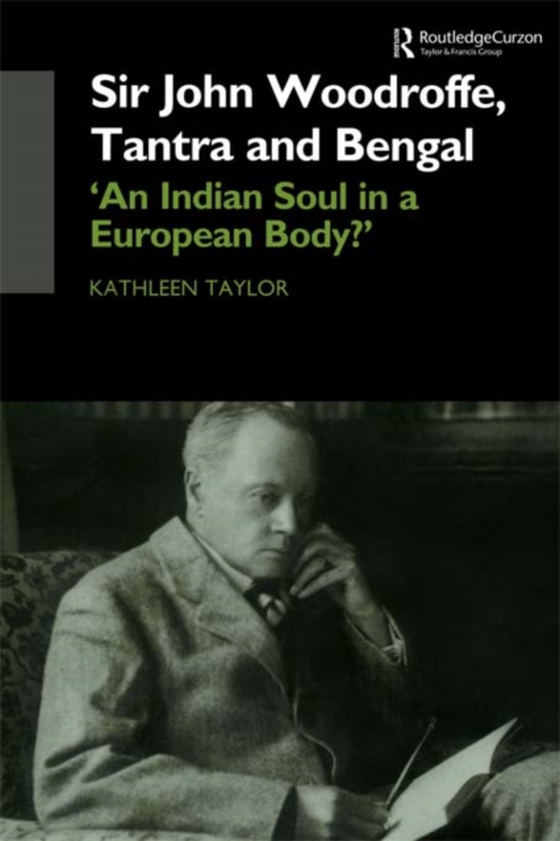
Sir John Woodroffe, Tantra and Bengal e-bog
473,39 DKK
(inkl. moms 591,74 DKK)
Working with Bengali mentors, especially his close friend A. B. Ghose, Sir John Woodroffe became the pseudonymous orientalist Arthur Avalon, famous for his tantric studies at the beginning of the twentieth century. Best known for The Serpent Power, the book which introduced 'Kundalini Yoga' to the western world, Avalon turned the image of Tantra around, from that of a despised magical and orgia...
E-bog
473,39 DKK
Forlag
Routledge
Udgivet
12 oktober 2012
Længde
332 sider
Genrer
1DBK
Sprog
English
Format
pdf
Beskyttelse
LCP
ISBN
9781136120909
Working with Bengali mentors, especially his close friend A. B. Ghose, Sir John Woodroffe became the pseudonymous orientalist Arthur Avalon, famous for his tantric studies at the beginning of the twentieth century. Best known for The Serpent Power, the book which introduced 'Kundalini Yoga' to the western world, Avalon turned the image of Tantra around, from that of a despised magical and orgiastic cult into a refined philosophy which greatly enhanced the prestige of Hindu thought to later generations of westerners.This biographical study is in two parts. The first focuses on Woodroffe's social identity in Calcutta against the background of colonialism and nationalism - the context in which he 'was' Arthur Avalon. To a very unusual degree for someone with a high position under the empire, Woodroffe the British High Court Judge absorbed the world of the Bengali intellectuals of his time, among whom his popularity was widely attested. His admirers were attracted by his Indian nationalism, to which his tantric studies and supposed learning formed an important adjunct.Woodroffe's friend Ghose, however, was the chief source of the textual knowledge in which the 'orientalist' scholar appeared to be deeply versed. The second part of this study assesses Woodroffe's own relationship to Sanskrit and to the texts, and highlights his very extensive but gifted use of secondary sources and the knowledge of Ghose and other Indian people. It examines the apologetic themes by which he and his collaborators made Tantra first acceptable, then fashionable.Partly because of his mysterious pseudonym, Woodroffe acquired a near legendary status for a time, and remains a fascinating figure. This book is written in a style that should appeal to the general reader as well as to students of Indian religions and early twentieth century Indian history, while being relevant to the ongoing debate about 'orientalism'.
 Dansk
Dansk

